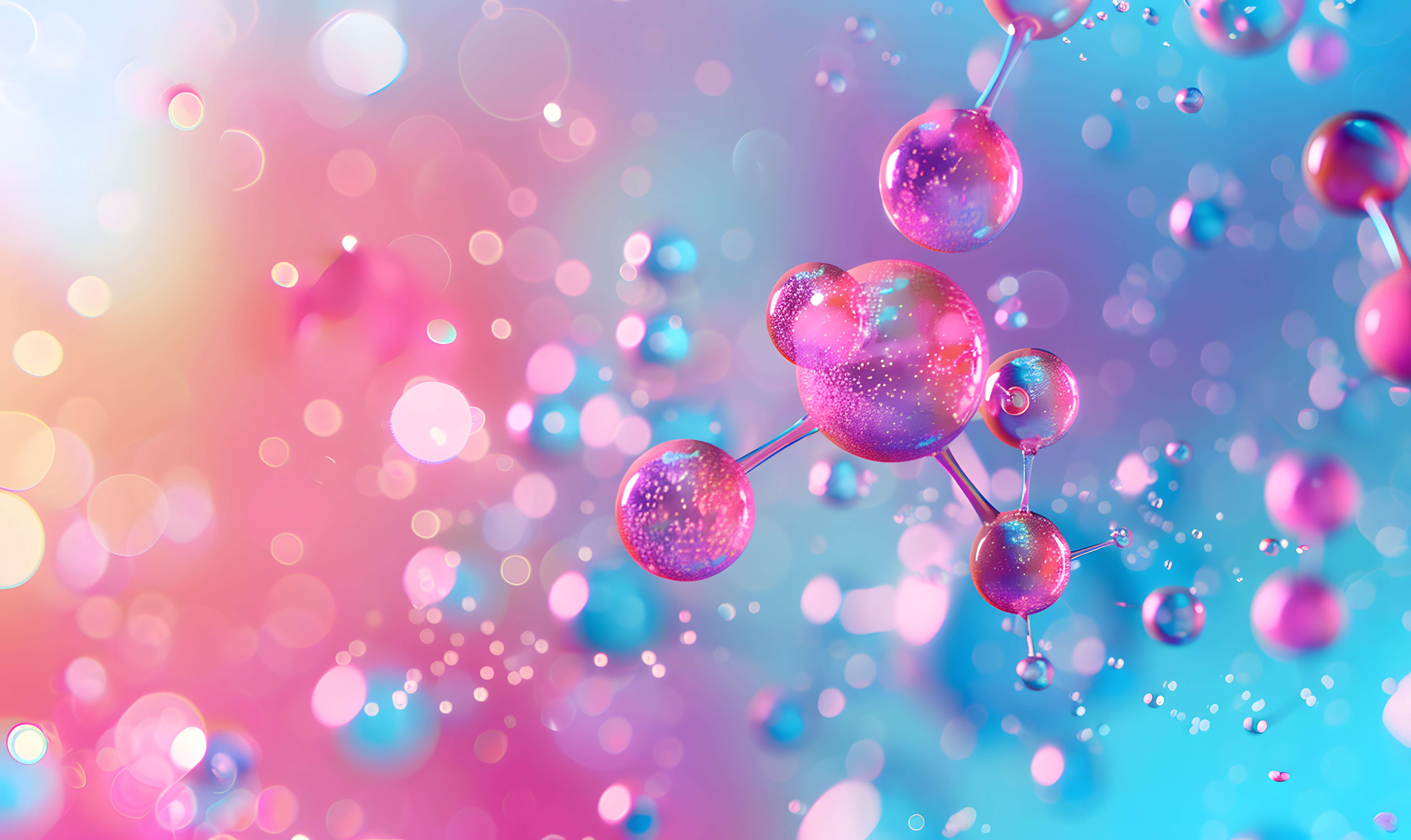Green hydrogen has garnered significant attention in recent years as a promising pathway towards achieving net zero targets. From decarbonisation to energy storage, the National Subsea Centre (NSC) and Robert Gordon University (RGU) are committed to developing greener approaches to aid in the energy transition through a variety of research degrees and collaborative projects. Current projects include:
With such a buzz around green hydrogen, it’s important to understand why hydrogen, a colourless and odourless gas, has a plethora of colourful descriptions. While colours are used to distinguish the different types of hydrogen, these terms are also applied to describe the process used to produce hydrogen and the environmental impact associated with its production.
To paint a clearer picture of what each colour does, they have been outlined below:
What is Green Hydrogen?
Source: Renewable Energy
Green hydrogen, also referred to as “clean hydrogen” or “renewable hydrogen”, is produced through electrolysis using renewable energy sources such as wind, solar or hydroelectric power. This process uses electricity to split water molecules into hydrogen and oxygen, with no carbon emissions involved. Green hydrogen is considered the cleanest and most sustainable form of hydrogen production. Historically, green hydrogen has been more expensive compared to other methods of hydrogen production, however, factors such as improvements in electrolysis technology and policy support and incentives are expected to drive down the cost of green hydrogen in the future.
What is Grey Hydrogen?
Source: Natural Gas
Grey hydrogen is produced from natural gas through a process called steam methane reforming (SMR) without carbon capture and storage (CCS). This is the most common method of hydrogen production worldwide but is associated with significant carbon dioxide emissions. For every ton of hydrogen produced using SMR, approximately 9 to 12 tons of carbon dioxide are emitted into the atmosphere.
What is Blue Hydrogen?
Source: Natural Gas
Blue hydrogen is also produced from natural gas, but it incorporates carbon capture and storage (CCS) technology to capture the carbon dioxide emissions generated during the production process. By capturing and storing the CO2 underground, blue hydrogen can significantly reduce its carbon footprint compared to grey hydrogen. To discover more about blue hydrogen, its role in decarbonisation and the environmental and policy implications of blue hydrogen in a net zero scenario for the UK, take a look at Integrated Energy PhD Student, Alexander Oburoh’s Project Update: Blue Hydrogen - A Lifecycle Assessment Case Study in the UK.
What is Turquoise Hydrogen?
Source: Natural Gas
Still relatively new on the hydrogen colour spectrum, turquoise hydrogen is produced from natural gas, but instead of releasing carbon dioxide into the atmosphere, the carbon is converted into solid carbon or other valuable products through a process called pyrolysis or methane cracking. This method aims to mitigate the carbon emissions associated with grey hydrogen production. The term "turquoise" is used to signify the blending of blue hydrogen and green hydrogen production methods.
What are Brown & Black Hydrogen?
Source: Coal
Brown and black hydrogen are terms used to describe hydrogen produced from fossil fuels through the process of ‘gasification’. The gasification process is the same for both colours, the only difference is that brown hydrogen uses brown coal (lignite) and black hydrogen uses black coal (bituminous). Brown and black hydrogen are on the other end of the spectrum to green hydrogen as coal gasification is associated with significant environmental concerns due to the release of carbon dioxide (CO2) and carbon monoxide (CO) into the atmosphere.
What is Pink Hydrogen?
Source: Nuclear Energy
Pink hydrogen, also referred to as “purple hydrogen” or “red hydrogen” is produced through high-temperature electrolysis using nuclear power as the energy source. While not widely implemented, this method has the potential to produce hydrogen with minimal greenhouse gas emissions as nuclear power generation does not produce carbon dioxide.
What is Yellow Hydrogen?
Source: Solar Energy
Another relatively new entry on the colour spectrum, yellow hydrogen refers to hydrogen produced through electrolysis powered solely by solar energy. Although very similar, the term “yellow” distinguishes it from “green” hydrogen, which is produced via electrolysis using renewable energy sources.
And finally, there’s white hydrogen, also referred to as “gold”, “natural” or “geologic” hydrogen. White hydrogen cannot be grouped by source as it naturally occurs in underground deposits, hence, the term “white hydrogen” relates to where it was discovered, in the Earth’s crust. While white hydrogen has a lot of advantages over other colours of hydrogen, at present, it is not economically viable to extract.
While the hydrogen rainbow is expanding, the darker colours assigned to methods that are higher in emissions are still dominating. To overcome this and stay on track to meet net zero goals, it’s crucial that green hydrogen, and some of the other brighter colours mentioned above, stay at the forefront of research efforts.
To discover more about how our Integrated Energy team is solving real-world problems and the other impactful research projects that are currently being undertaken, view our dedicated Integrated Energy webpage.








